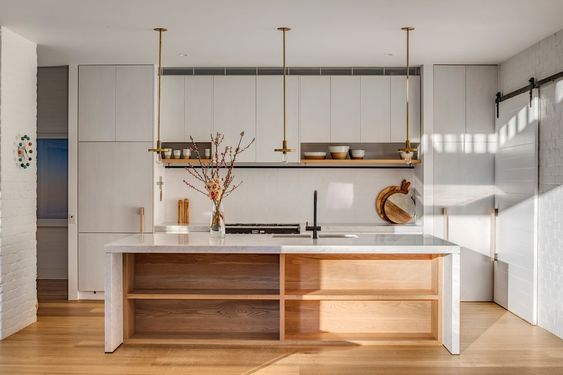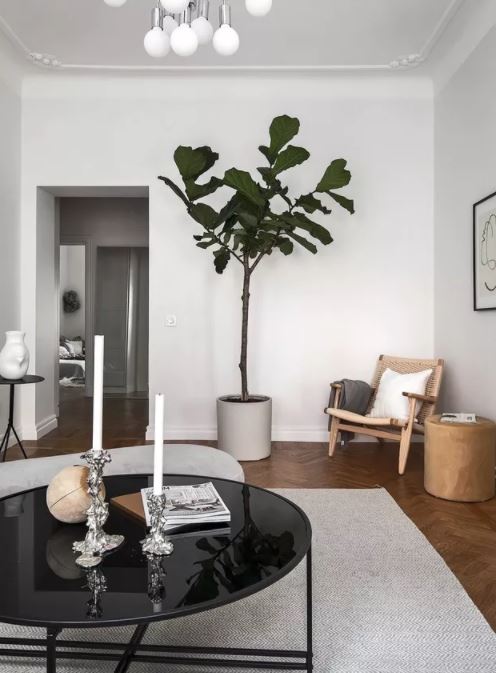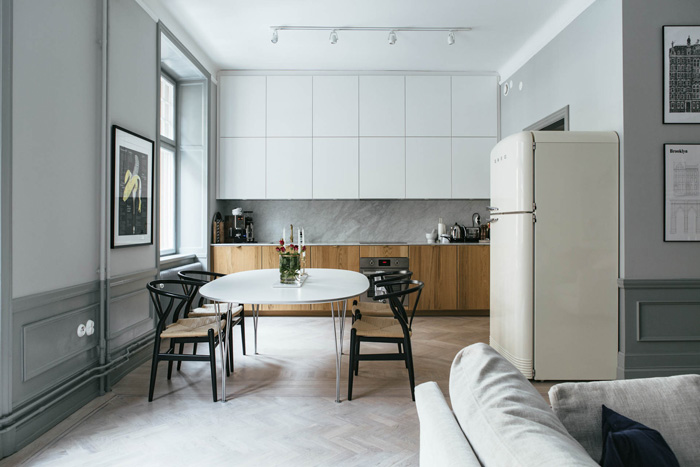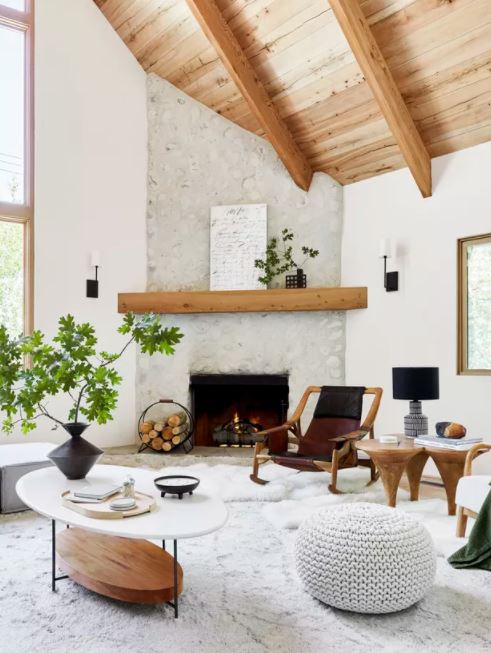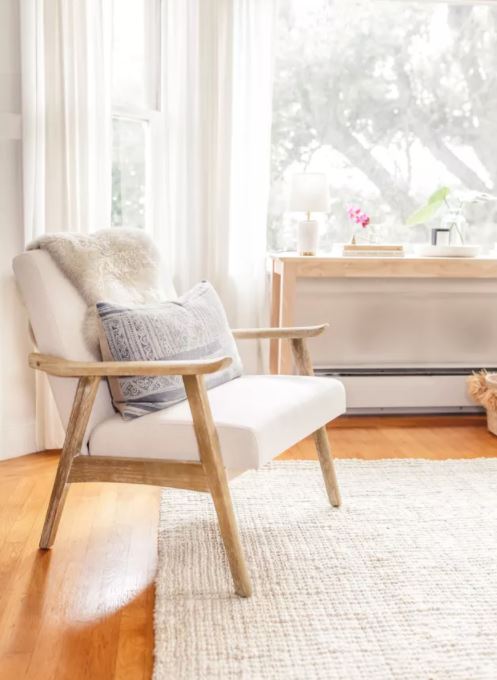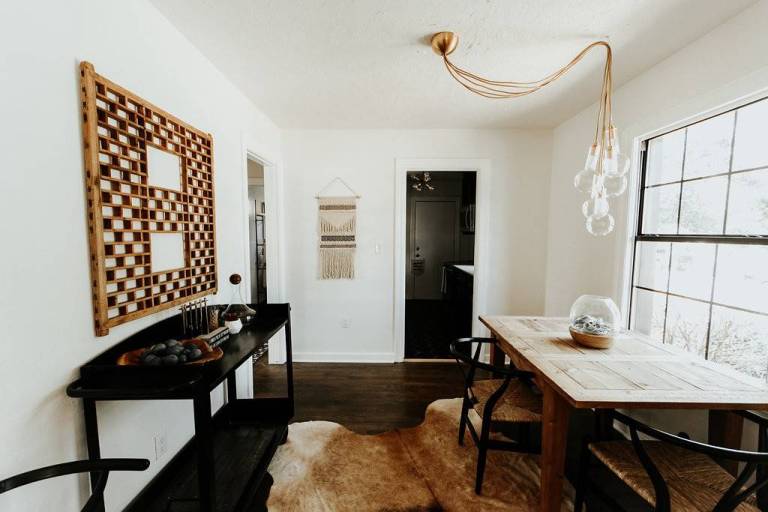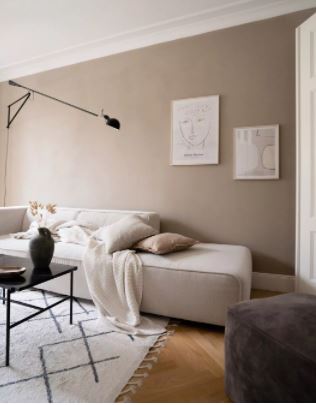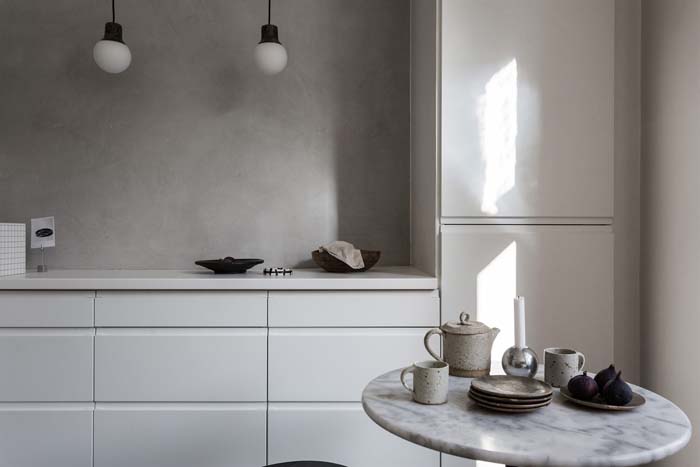Have fun exploring!
Scandinavian Culture
Scandinavian design is a design movement characterized by simplicity, minimalism and functionality that emerged in the early 20th century, and subsequently flourished in the 1950s throughout the five Nordic countries: Norway, Sweden, Finland, Denmark, and Iceland. Scandinavian interior design is a minimalistic style using a blend of textures and soft hues to make sleek, modern décor feel warm and inviting. It also includes the use of natural materials, such as leather, wood, and hemp. It emphasizes on clean lines, utility, and simple furnishings that are functional, beautiful, and cozy. Furthermore, the Scandinavian interior design is often influenced by a connection to nature, which combines natural shapes, abstraction, and the use of natural elements. Most countries in the Scandinavian region have climates with extremely cold temperatures. Thus, the use of warm textiles like throws and carpets made from wool, sheepskins or mohair is common for a Scandinavian home décor. Wooden elements are used not only in the flooring but also in the furniture and fixtures. Thus, a Scandinavian house usually has wooden coffee tables and chairs for its furniture. The Scandinavian colour palette includes the hues of greys, whites, browns, and blacks. In a typical Scandinavian home décor, walls are often painted in white in order for the furniture and decorative pieces to stand out.

